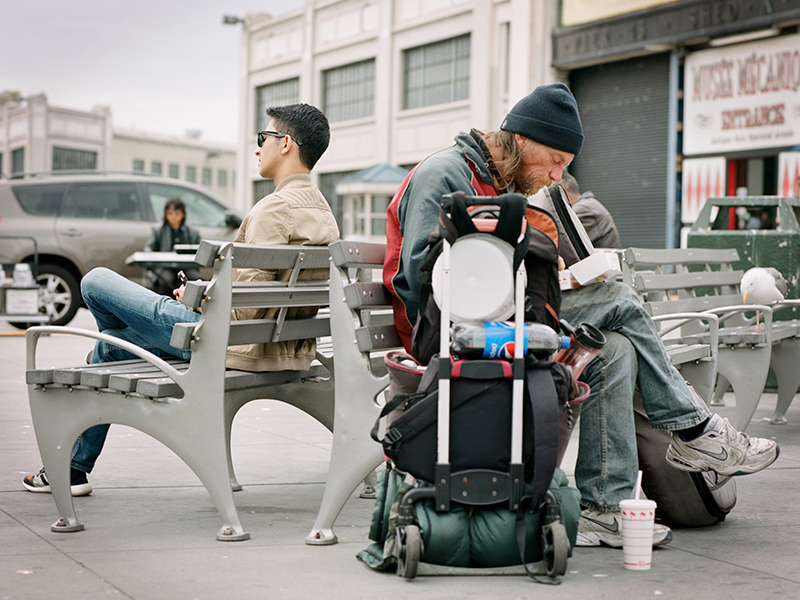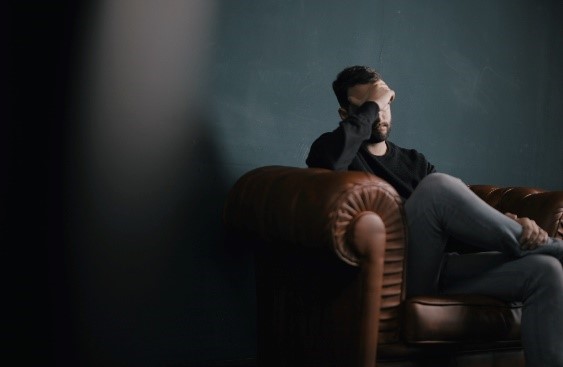About the Project

According to Eurostat, in October 2020 3.1 million young persons (under 25) were unemployed in the EU (a rate of 17.5%). These figures take on a dramatic tone in Mediterranean countries such as Spain, where the rate reaches 40.4%, or more than 30% in Greece or Italy, while Lithuania (27.1%) also suffer from this scourge above the EU average (17.5%). This is in any case a dangerous and particularly unacceptable figure for such an important population group. These numbers are even harsher among low-skilled young people, many of whom joined the labour market in the midst of the economic recession of the past decade and are now suffering the effects of the Covid 19 pandemic.
This is therefore an underprivileged segment of the population that for certain reasons has been left out of the education system with inadequate qualifications. Or, they have not yet been able to enter the labour market, or have been left out due to socioeconomic circumstances. In that context, they risk being lost to the labour market and become socially excluded. It is not about “Not in Education, Employment, or Trainings” (NEETS), because they do have the desire and the intention to work, but for economic, family or social reasons they have been left out of the system. This is where Second Chance Schools come into play.

